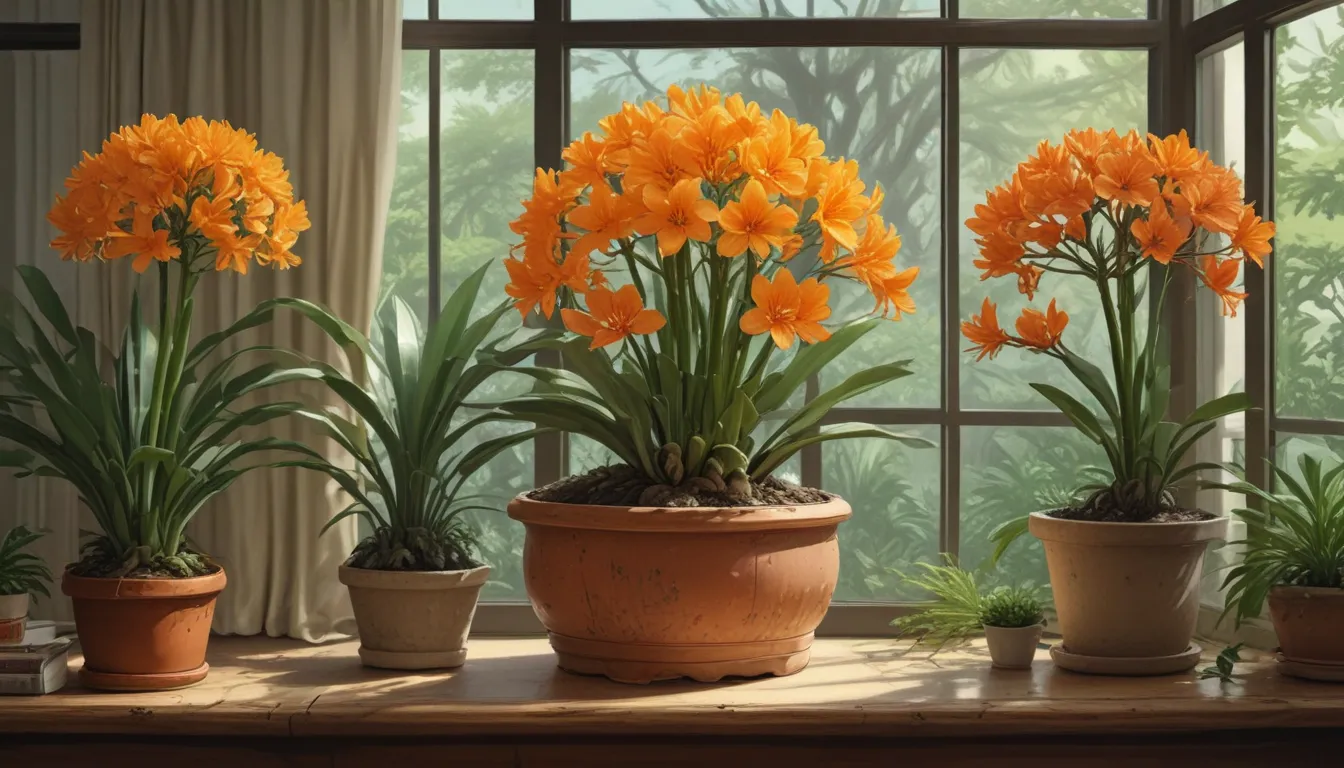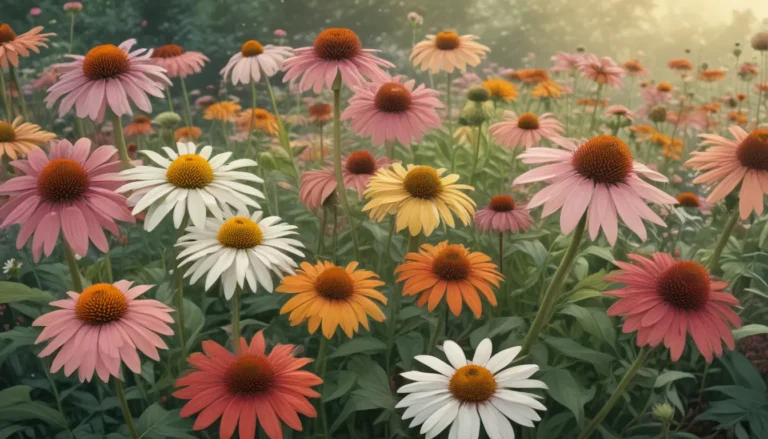Ultimate Guide to Growing and Caring for Clivia Houseplants

Have you ever marveled at the vibrant orange blooms of the Clivia plant, elegantly adorning its strap-like foliage? This South African native is a showstopper, perfect for adding a touch of beauty to your indoor plant collection. In this comprehensive guide, we will delve into all things Clivia, from its fascinating history to propagation, cultivation, and maintenance tips, along with a quick reference growing guide for your convenience.
Cultivation and History
The Clivia plant, also known as Cape clivias, bush lilies, or klivias, hails from southern Africa, thriving in forest understories in countries like South Africa and Eswatini. These stunning plants belong to the same family as amaryllis, Amaryllidaceae, but boast smaller flowers arranged in larger clusters. With six known species, including C. miniata and C. nobilis, the Clivia plant prefers dappled shade and loose leaf litter beneath large tree canopies in its natural habitat.
Propagation
Clivias are propagated from offsets that grow around the mother plant. These genetic clones produce flowers of the same color, making them an easy addition to your collection. Alternatively, plants can be grown from seeds, but this process requires patience, as it may take up to three to five years to bloom. Remember to water your plants only when the soil is dry and provide them with a fast-draining, well-aerated potting mix for optimal growth.
How to Grow
Clivias have specific care requirements, preferring bright, indirect light and well-draining soil. For indoor cultivation, ensure they are in a warm, stable environment, with temperatures ranging from 65 to 70°F. These plants are drought-tolerant and should be watered sparingly, especially during the winter months. Remember that Clivias are top-heavy and prone to falling over, so choose a suitable pot that offers stability.
- Use free-draining soil.
- Choose a pot that’s only slightly bigger than the root ball.
- Keep in dappled shade or in a spot with bright, indirect light.
- Water only when the soil is dry.
How to Promote Flowering Indoors
To encourage your Clivias to flower, they need a cool, dry period over winter, with temperatures ranging from 40 to 55°F for at least 25 days. This dormant phase helps activate the flower-growing tissue within the plant. As spring approaches, gradually introduce your plants to warmer temperatures and resume watering and feeding routines for optimal flowering. Deadhead faded blooms to prevent the formation of berries and maintain the plant’s vigor.
Pruning and Maintenance
Regular pruning of spent flower heads and damaged foliage is essential for maintaining the health and appearance of your Clivia plants. Remove brown or soft roots caused by overwatering to prevent root rot. Remember to use a sharp tool when trimming the foliage to ensure clean cuts and encourage new growth.
Cultivars to Select
While finding named Clivia varieties in nurseries can be challenging, look out for C. miniata cultivars and color-labeled options like Fire Lily for vibrant orange blooms. If you’re a fan of yellow varieties, ‘San Marcos Yellow’ and ‘Good Hope’ are popular picks. For the rare variegated Clivia with unique foliage patterns, consider joining specialty plant societies for access to these exclusive varieties.
Quick Reference Growing Guide
- Plant Type: Broadleaf flowering evergreen
- Flower/Foliage Color: Bicolored, cream, peach, orange, pink, yellow, green, variegated
- Water Needs: Low to moderate
- Hardiness (USDA Zone): 1-8 (indoors), 9-10 (outdoors)
- Exposure: Morning sun, dappled shade, bright, indirect light indoors
- Soil Type: Orchid potting mix, porous
- Spacing: 12 inches to 3 feet (outdoors)
- Height: 2-3 feet
- Spread: 2-3 feet
- Maintenance: Moderate
Conclusion
With its striking blooms and architectural foliage, the Clivia plant is a must-have for any indoor plant enthusiast. By following the guidelines outlined in this comprehensive guide, you can successfully grow and care for these beautiful houseplants, adding a touch of elegance to your living space. Remember to provide the right light, soil, and watering conditions to ensure your Clivias thrive and bloom prolifically. Share your favorite Clivia varieties or showcase your blooming beauties in the comments below—let’s celebrate the fiery allure of these spectacular plants together. Happy gardening!





